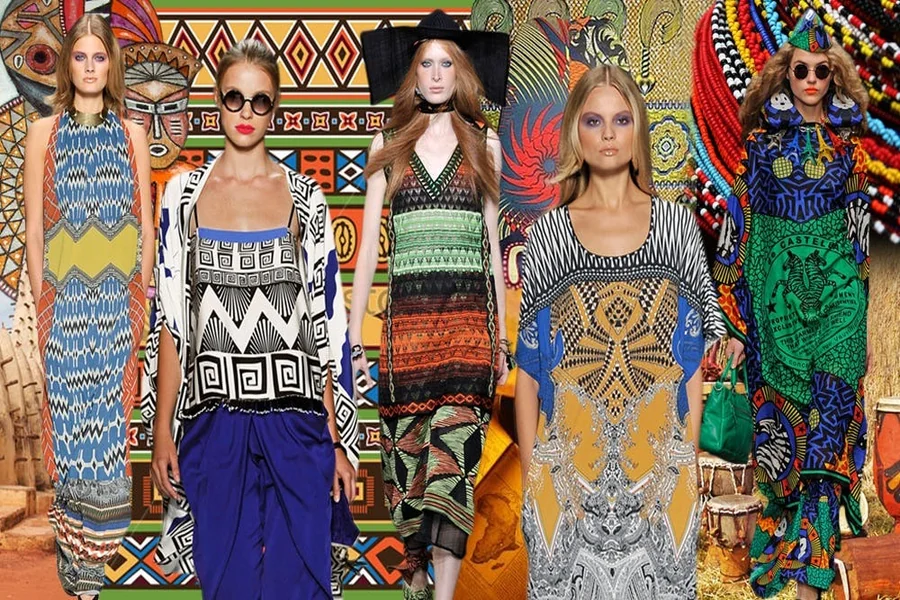Fashion is a vibrant tapestry woven from diverse cultural threads across the globe. Each culture contributes unique traditions, textiles, techniques, and aesthetics that enrich the fashion industry and inspire designers worldwide. Exploring cultural influences in global fashion reveals how clothing not only reflects identity and heritage but also fosters cross-cultural appreciation and innovation. Here’s a deep dive into the fascinating relationship between culture and fashion.
Fashion as Cultural Expression
Clothing is a powerful form of cultural expression, often reflecting history, social values, religious beliefs, and environmental factors. Traditional attire embodies the stories and identities of communities, preserving heritage through textiles, patterns, and craftsmanship passed down through generations.
Iconic Cultural Fashion Elements
- Japanese Kimono: Known for its elegant silhouette and intricate designs, the kimono symbolizes Japanese heritage. Its influence appears in modern fashion through obi belts, wrap dresses, and floral prints.
- Indian Sari and Embroidery: The sari, with its vibrant colors and detailed embroidery, showcases India’s rich textile traditions. Elements like zari work and block printing inspire global designers.
- African Prints and Textiles: Bold patterns and vibrant colors in fabrics like Ankara and Kente represent African identity and storytelling, influencing contemporary streetwear and luxury fashion alike.
- Scottish Tartan: Tartan patterns carry clan histories and Scottish pride, frequently reimagined in modern plaids and tailored garments worldwide.
- Mexican Embroidery: Traditional Mexican garments feature colorful, hand-stitched embroidery that celebrates local flora and fauna, inspiring bohemian and folk styles internationally.
Cross-Cultural Fusion and Fashion Innovation
Globalization and cultural exchange have led to exciting fusions in fashion. Designers blend motifs, fabrics, and techniques from different cultures, creating fresh, hybrid styles. While this fosters creativity, it also raises important conversations about cultural appreciation versus appropriation.
The Role of Fashion Weeks and Global Markets
International fashion weeks—from Paris to Lagos, Tokyo to New York—serve as platforms where cultural influences merge and evolve. Designers from diverse backgrounds showcase their heritage-inspired collections, expanding fashion’s narrative and reaching global audiences.
Ethical Considerations and Cultural Respect
As cultural influences permeate fashion, respecting origin and context is vital. Ethical sourcing, fair trade, and collaboration with artisans honor cultural heritage and support communities. Consumers are increasingly aware of the importance of mindful fashion consumption.
Cultural Influences in Street Style
Street fashion often reflects multicultural urban environments where diverse traditions coexist. Elements like ethnic prints, traditional accessories, and fusion styles celebrate cultural identity and social narratives on everyday streets.
The Future of Cultural Fashion
The future promises deeper integration of cultural influences with technology, sustainability, and inclusivity. Emerging designers spotlight marginalized cultures, bringing new perspectives to the fashion world and fostering greater cultural dialogue.
Conclusion
Cultural influences enrich global fashion by providing depth, diversity, and meaning. From traditional textiles to contemporary reinterpretations, culture shapes what we wear and how we express identity. Embracing cultural fashion with respect and understanding celebrates the world’s rich heritage and inspires innovative style.





